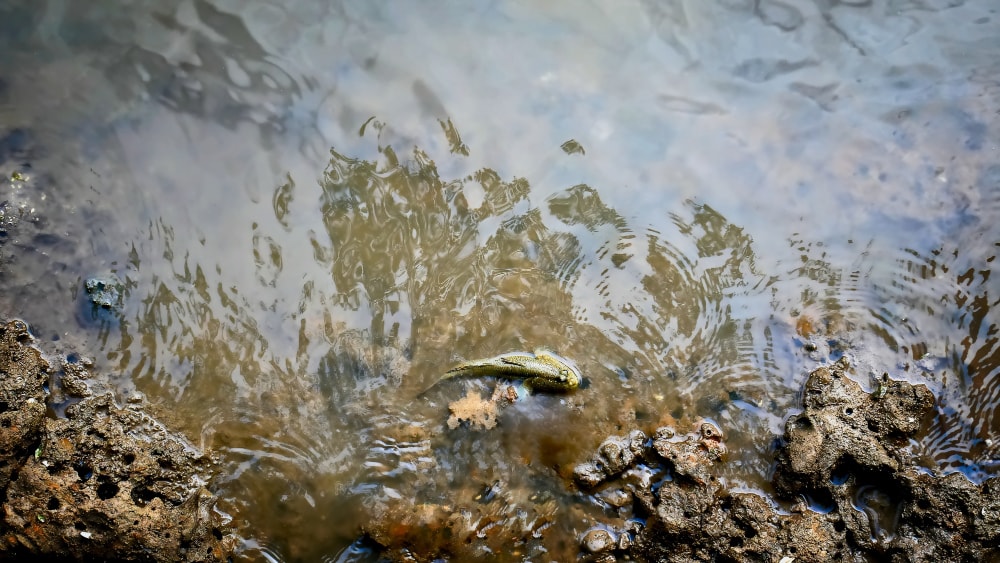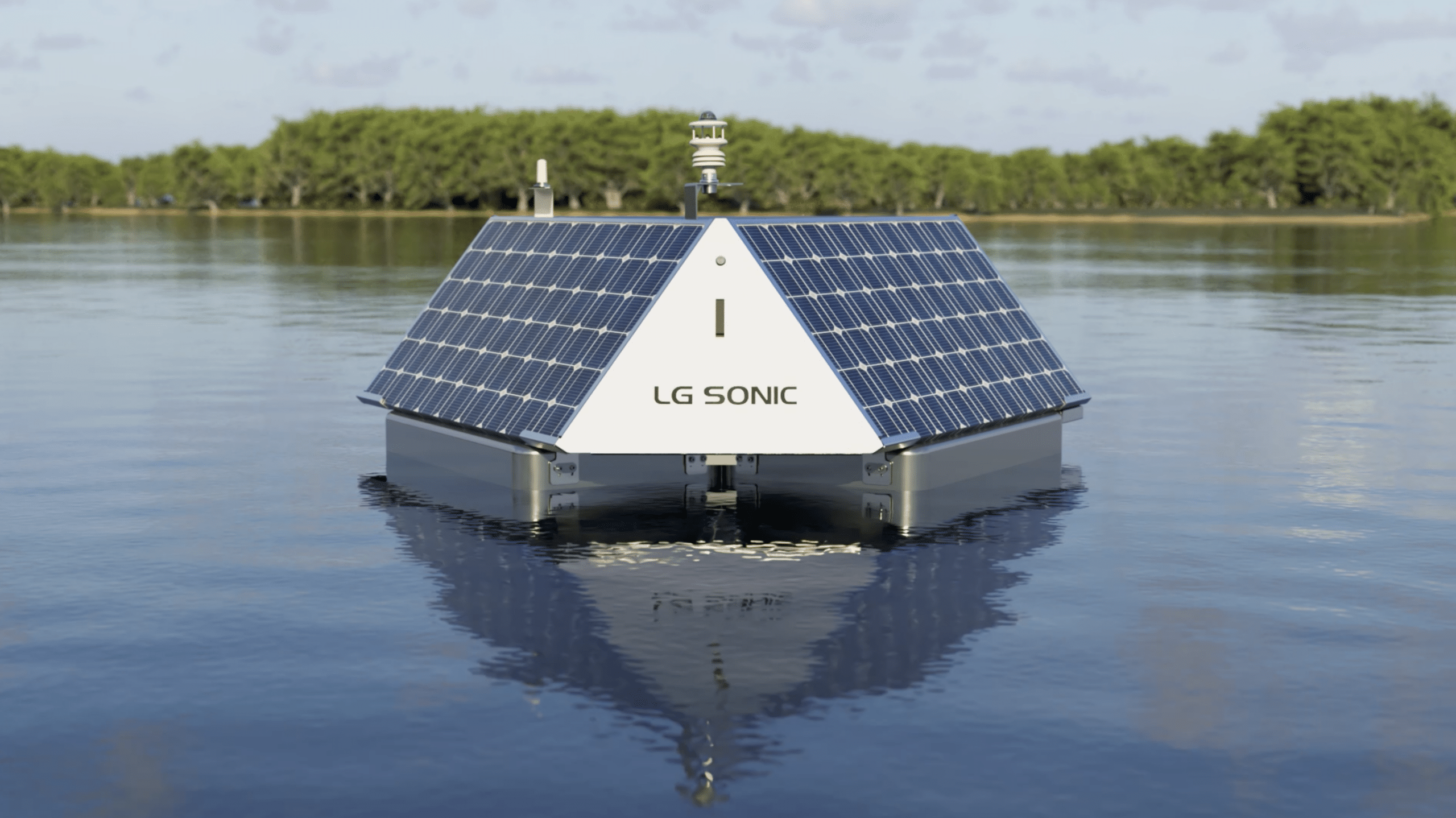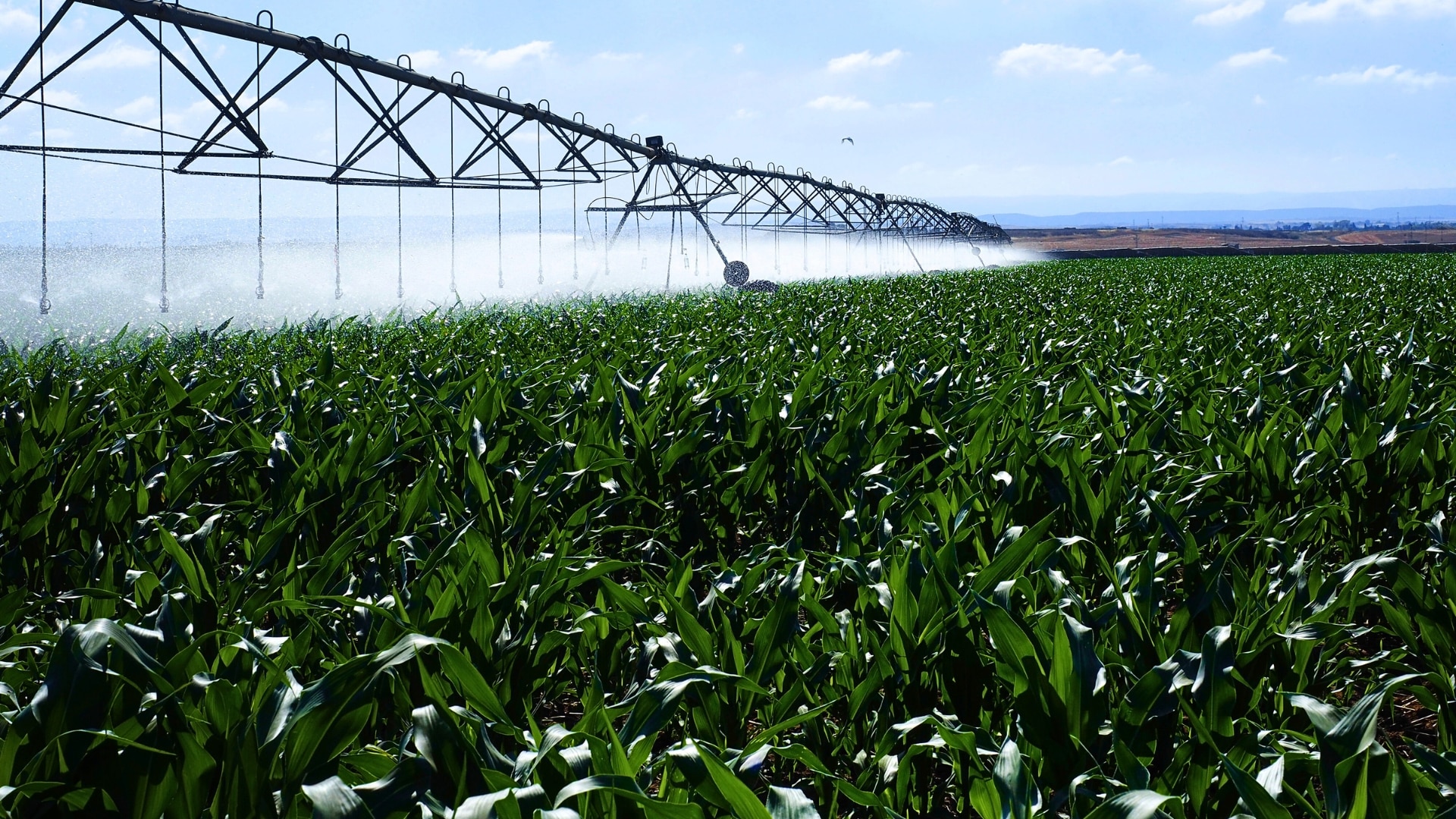In an era where agriculture is essential for sustaining the global population, it’s crucial to examine the unseen negative effects of agriculture and farming practices that pose threats to aquatic ecosystems. While modern agriculture practices and farming methods have significantly boosted food production, they have inadvertently introduced risks that could undermine the very foundations of our aquatic environments and water resources.
Farming, whether involving crops or livestock grazing, often takes place in proximity to water bodies. However, the agriculture sector’s conventional farming and industrial agriculture practices that fuel agricultural production also have the potential to contaminate water through agricultural pollution and disrupt aquatic ecosystems significantly, contributing to water pollution and environmental concerns.
Catalysts for Algal Blooms
One of the main negative effects of agriculture is its impact on the proliferation of harmful algae in these water bodies. Here are the key catalysts that agriculture contributes to this problem, which affect water quality and contribute to agricultural pollution:
Nutrient Pollution
Agriculture is a significant driver of nutrient pollution. The primary contributors include:
Fertilizers
Both synthetic and organic fertilizers are major sources of nitrogen and phosphorus. While they are crucial for enhancing crop yields, they can have detrimental effects on water quality. Both of them contribute to environmental impacts such as agricultural runoff and nutrient pollution with the synthetic fertilizers doing the most damage.

When washed into water bodies by rain or irrigation, fertilizers introduce excess nitrogen and phosphorus, which fuel the rapid growth of algae. This nutrient overload triggers algal blooms, disrupting aquatic ecosystems, depleting oxygen levels, and harming water quality. These effects contribute to agricultural pollution and water pollution, which are significant environmental concerns linked to conventional farming and industrial agriculture practices. The negative effects of agriculture are further seen in the use of chemical fertilizers in farming communities, which affects not only soil health but also water resources, posing health risks to rural communities and aquatic life
Irrigation
Inefficient irrigation practices can worsen nutrient pollution by increasing runoff, which carries fertilizers and animal waste from agricultural producers and agricultural workers into nearby water bodies. Additionally, over-irrigation can lead to nutrient leaching into groundwater, ultimately contributing to algal blooms in these water systems, a concern studied extensively in environmental science and addressed through technical assistance programs.
Animal Waste
Animal waste is a significant source of nutrient pollution that directly contributes to algal blooms. Manure from livestock, a common byproduct of raising livestock and animal agriculture, is rich in nitrogen and phosphorus, which, when washed into waterways through agricultural runoff, provides essential nutrients that fuel the rapid growth of algae
Soil Erosion
Tillage and land clearing can destabilize the soil, making it more susceptible to erosion. This process removes nutrient-rich topsoil and transports it into waterways, exacerbating algal blooms and contributing to agricultural runoff. Sediments washed into water bodies carry additional nutrients and pollutants, further enriching the water and promoting algal growth.
High sediment loads can cloud the water, reducing light penetration, harming aquatic plants, and smothering habitats for fish and other aquatic organisms, ultimately disrupting the ecosystem. These effects significantly impact biodiversity and overall environmental health.
Pesticides and Herbicides
In addition to fertilizers, the application of pesticides and herbicides introduces another layer of risk. Their runoff can disrupt aquatic ecosystems and contribute to air pollution, indirectly promoting algal growth by reducing natural plant competitors and algae-grazing organisms.
When washed into water bodies, pesticides and herbicides can harm fish, amphibians, and invertebrates. Pesticides disrupt aquatic ecosystems by affecting wildlife reproduction, leading to population declines, and pose long-term risks through bioaccumulation, threatening both wildlife and human health.
Climate Change: A Growing Concern
Farming practices also contribute to climate change, which poses additional threats to aquatic ecosystems. Agriculture is a significant source of greenhouse gas emissions, particularly through livestock farming, animal agriculture, and land use changes involving agricultural land. As the climate shifts, water temperatures rise, altering aquatic ecosystems and stressing marine life, which can affect crops and food supply indirectly through impacts on water quality and environmental health.
Warmer waters can exacerbate the frequency and intensity of algal blooms, while also altering species distributions, pushing some species to extinction while favoring others. The interplay between agriculture, climate change, and global greenhouse gas emissions is complex, and the repercussions for aquatic ecosystems and environmental health are profound.
The Impact of Algal Blooms on Water Quality and Biodiversity
The proliferation of algal blooms has far-reaching consequences:
Water Quality Deterioration: Algal blooms often lead to the depletion of oxygen in the water, creating “dead zones” where aquatic life cannot survive. The toxins produced by certain types of harmful algae can contaminate drinking water supplies, endangering human and animal health.
Biodiversity Loss: Algal blooms disrupt natural ecosystems, threatening the biodiversity of both aquatic and terrestrial species. Fish kills and habitat degradation are common outcomes in water bodies affected by excessive algal growth.
A Path Toward Sustainable Solutions
Recognizing the risks associated with agriculture is the first step toward fostering sustainable practices that protect water resources and aquatic ecosystems. Solutions exist, and they involve a combination of technology, education, and policy changes to help mitigate agricultural pollution.
Implementing Sustainable Farming Practices
Farmers can adopt precision agriculture techniques that minimize fertilizer and pesticide use, thereby reducing nutrient runoff and the use of toxic chemicals. Practices such as crop rotation, cover cropping, conservation tillage, and integrated pest management can improve soil health, reduce soil degradation, and decrease reliance on harmful chemicals. These sustainable agriculture methods not only protect aquatic ecosystems from agricultural pollution but also enhance farm resilience and productivity within farming systems.

Investing in Technology
Innovative technologies can mitigate the impact of agricultural runoff on water bodies. Solutions utilizing ultrasound technology, can control harmful algal blooms without the use of toxic chemicals, promoting healthier water ecosystems and reducing agricultural pollution. By investing in such technologies, farmers can safeguard their water resources while, reducing greenhouse gas emissions indirectly, contribute to environmental sustainability and improved water quality.

Collaborating with Stakeholders
Engaging with local communities, government agencies, and environmental organizations such as the Environmental Protection Agency, and environmental organizations including agriculture organizations and the Food and Agriculture Organization are vital in creating effective policies that promote sustainable agricultural practices. These practises address the negative impacts of agriculture. Education and awareness campaigns can empower farmagricultural producers and farm workers with knowledge about the ecological impacts of their practicefarming methods and the importance of sustainable food systems, fostering a culture of sustainability within the agricultural community
Conclusion
While agriculture plays a critical role in feeding the global population, it also poses significant risks to water health and aquatic life with agricultural runoff being one of the reasons. The challenges posed by nutrient pollution, pesticide runoff, and climate change require urgent attention and action to protect natural resources and reduce greenhouse gas emissions.
At LG Sonic, we are committed to developing innovative technologies that address these issues. By leveraging solutions such as ultrasound technology to control harmful algal blooms, we can protect water resources, reduce the carbon footprint of agriculture, and preserve the health of aquatic ecosystems. Together, we can foster a more sustainable agricultural future that safeguards both food production and the environment through sustainable agriculture and more sustainable practices.
